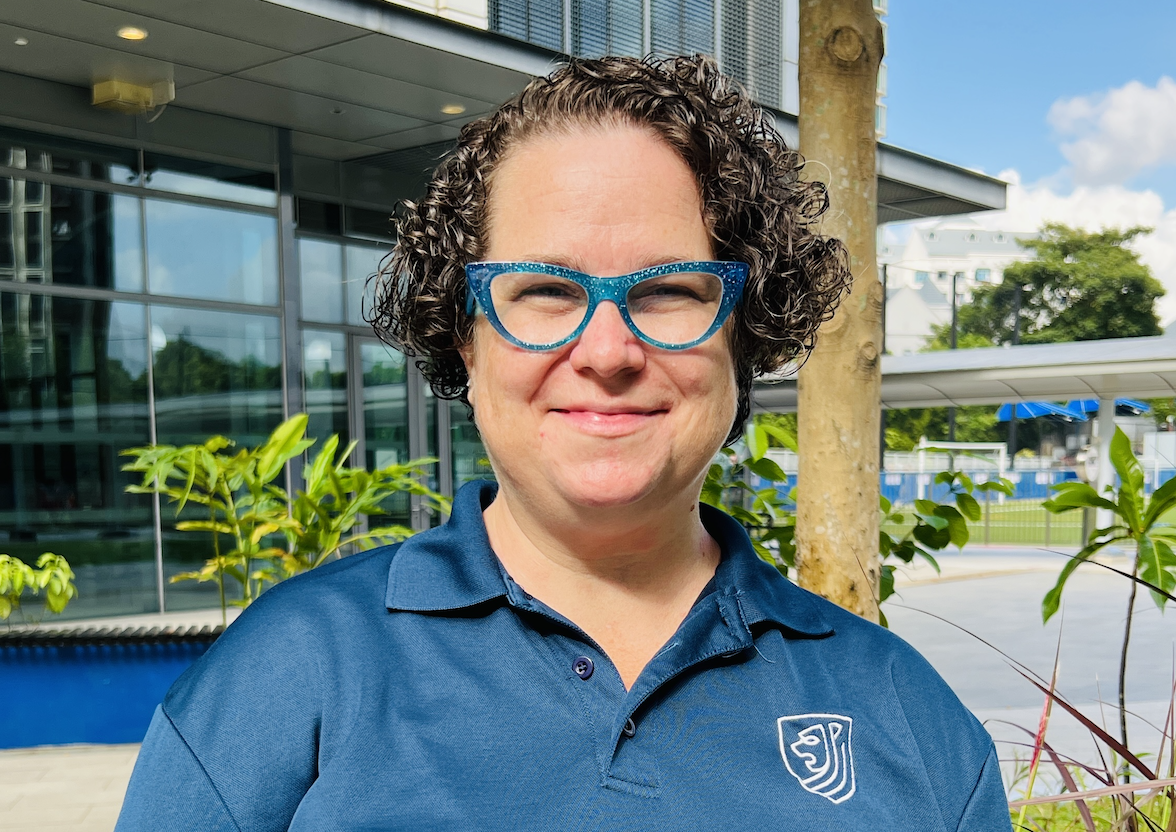I started 2020 with a three-level spinal fusion surgery in my lower back. I recovered for about five days in the hospital. During that time, I was given conflicting information: The nurse told me to get up and walk, and the doctor told me to lay flat and move as little as possible.
I remember feeling pain behind my right knee on about day three in the hospital, but the nurse said it was normal.
Once I got home, I made sure to get up and move around. I was walking slowly on the treadmill for about 15 minutes a day and walking my dog several times a day. But the pain in my leg continued to get worse, to the point where I couldn’t put any weight on my leg.
Three weeks after surgery, I posted in a Facebook group about the leg pain and someone suggested getting checked for a blood clot. I Googled my symptoms and saw that could be possible. Around that same time, I started to feel anxious. I thought I was either having a panic attack or an asthma flare-up and decided to go to the emergency room.
As I walked the short distance from my apartment to the taxi, I couldn’t catch my breath. When I got to the emergency room, they did a CT scan of my leg and very quickly had me meet with a hematologist. She said I had a clot from my ankle to my groin, known as deep vein thrombosis, or DVT.
I got another CT scan, then a vascular surgeon told me had clots in my lungs, known as pulmonary emboli, or PE. My surgery was scheduled for the next morning. During the surgery, they removed the clots in my leg and inserted a filter. This was necessary because of my recent spinal surgery, and they couldn’t give me clot buster medication. I had a few days of recovery in the hospital.
In terms of risk factors, I was on hormonal birth control and I had a hospital stay, both of which contributed to my blood clots. My advice is to trust your body and your instincts. If I had spoken up about the knee pain, maybe this could have been prevented.
Resources
Hospitalization and Blood Clots
Know Your Risk
Blood Clots and Birth Control




